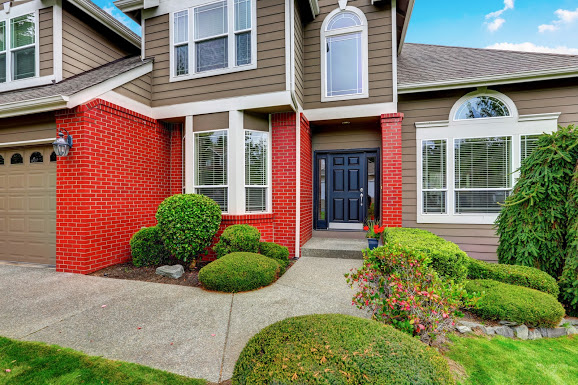
From family friends to exes, the locations of your spare keys and copied keys often become a problem to track. Not only could you lose spare keys, but anyone could make duplicates of standard keys without your knowledge.
Add more protection to the locks on your home with the installation and use of patented keys. The keys add multiple layers of security, and you do not need to worry about anyone else making duplicates of your house keys without your permission. Learn how the security increases in your home with patented keys.
1. Key Blank Access
One of the simple measures to protect a key is with a stamped “Do Not Duplicate” message on the key. While many people abide by the message, the words often do not provide enough legal protection, and people could still easily duplicate the key without much effort.
A patented key includes designs and shapes not found with standard key blanks. A person cannot take a patented key into a standard hardware store for duplication. Multiple layers of security provide access for duplicates. First, the key will often include a unique dealer pin so only the locksmith you purchased the key from has the authority to make copies.
The second layer includes your approval. The key is only duplicated with your authorization. Some locksmiths may give you a key duplication card, or you may need to present your photo ID with a unique pin number to allow duplication. The process depends on the key manufacturer and the way the locksmith chooses their security measures.
Either way, no one can simply make a copy of your key without going through the multi-step security process.
2. Electronic Mechanisms
Some patented keys and locks have electronic components built into the locks for an extra layer of security. The electronic mechanisms prevent unwarranted duplicates from being copied and also help prevent lock picking. The lock will not get picked or bumped open when the electronic mechanism is not activated.
The key uses the electrical components to communicate with the lock, essentially confirming the correct key is inside the door. Without the confirmation, the lock will not open. The process works in a similar way to basic key fob and hotel card key technology.
3. 3D Print Prevention
One way people easily duplicate keys without a locksmith is through the use of 3D printers. In the 3D printing process, a key lies down flat, and a scanner processes the shape and exact cut to create a duplicate. The use of a patented key prevents 3D printer key duplication.
Along with the electronic components, some patented keys include spring mechanisms, shapes, and moving parts a 3D printer cannot easily duplicate. With the different components, the effort to replicate the key would far exceed most people’s work.
4. Pins and Springs
A traditional key features cuts on the edges ideal for a lock with a pin and barrel set-up on the inside. A patented key features more advanced security measures that rely on pins and springs to unlock the door. The key itself will feature small telescopic pin holes which line up with spring-loaded pins inside the lock.
Springs on the edge of the key will fit into place in both the entry section of the lock and the rear of the lock. All of the elements work together to allow the door to unlock. While the process sounds complicated, the keys lock and unlock the door in the same amount of time as a traditional lock. The main difference is the extra security to prevent unauthorized keys.
For more information on patented locks, contact our professional locksmiths at DuPage Security Solutions, Inc. We will help you secure patented keys for any lock in your home and use our expert knowledge to help ensure your home is fully secure.